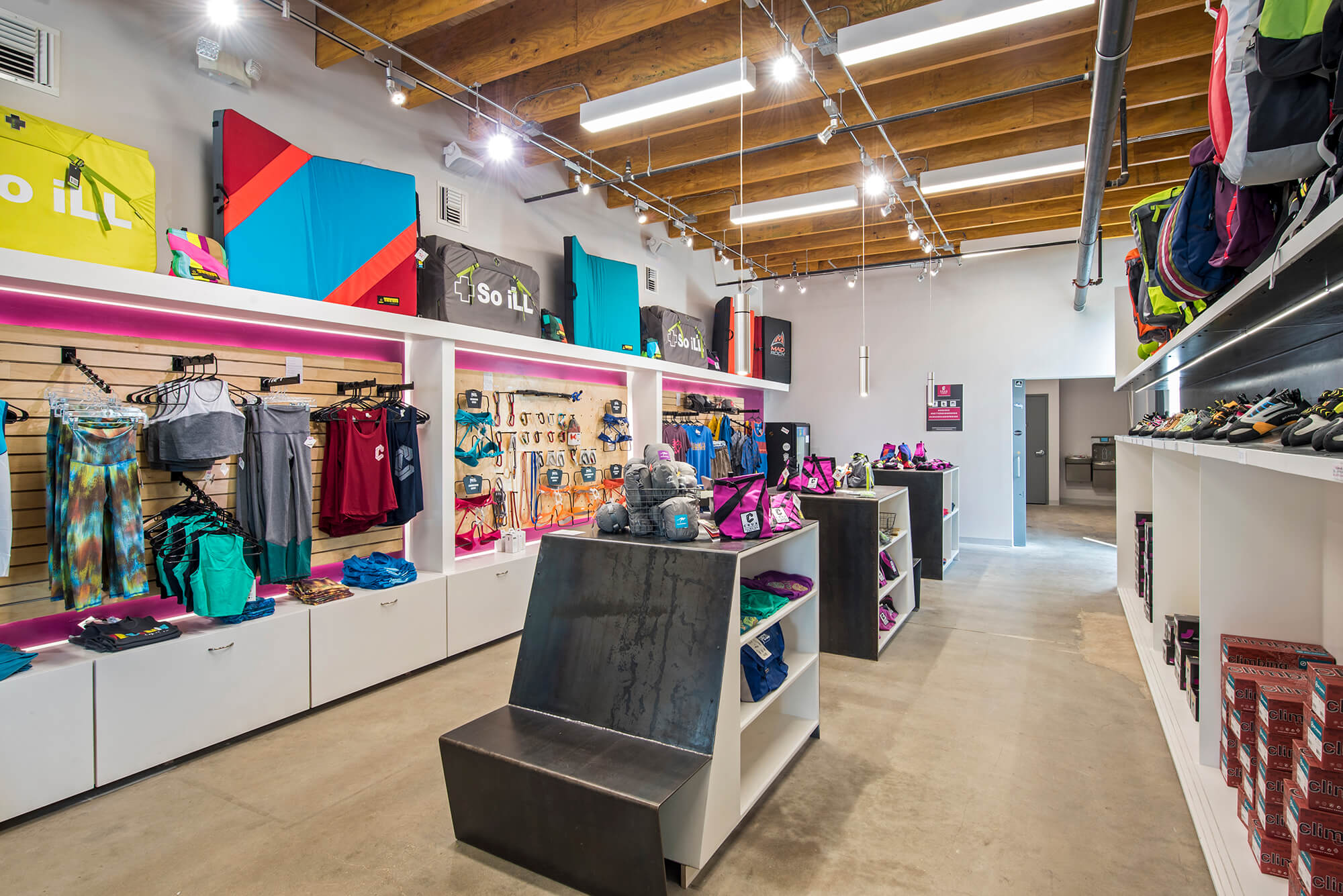
Over the past several years, Brad Barlage of Ascension Sales Group has worked with numerous brands to help get their product in climbing gym’s retail spaces. During this time, he's recognized what is successful and what doesn’t work. This blog post includes a list of things to keep in mind when planning your gym’s retail space.
The concepts that lenders use to gauge the creditworthiness of a potential borrower are called the 5 Cs. If you’re needing to raise money through lenders (banks or investors), you’ll need to understand the Cs and how they affect your chances of receiving a loan.
VS just launched a new must-read guide for aspiring climbing gym entrepreneurs.
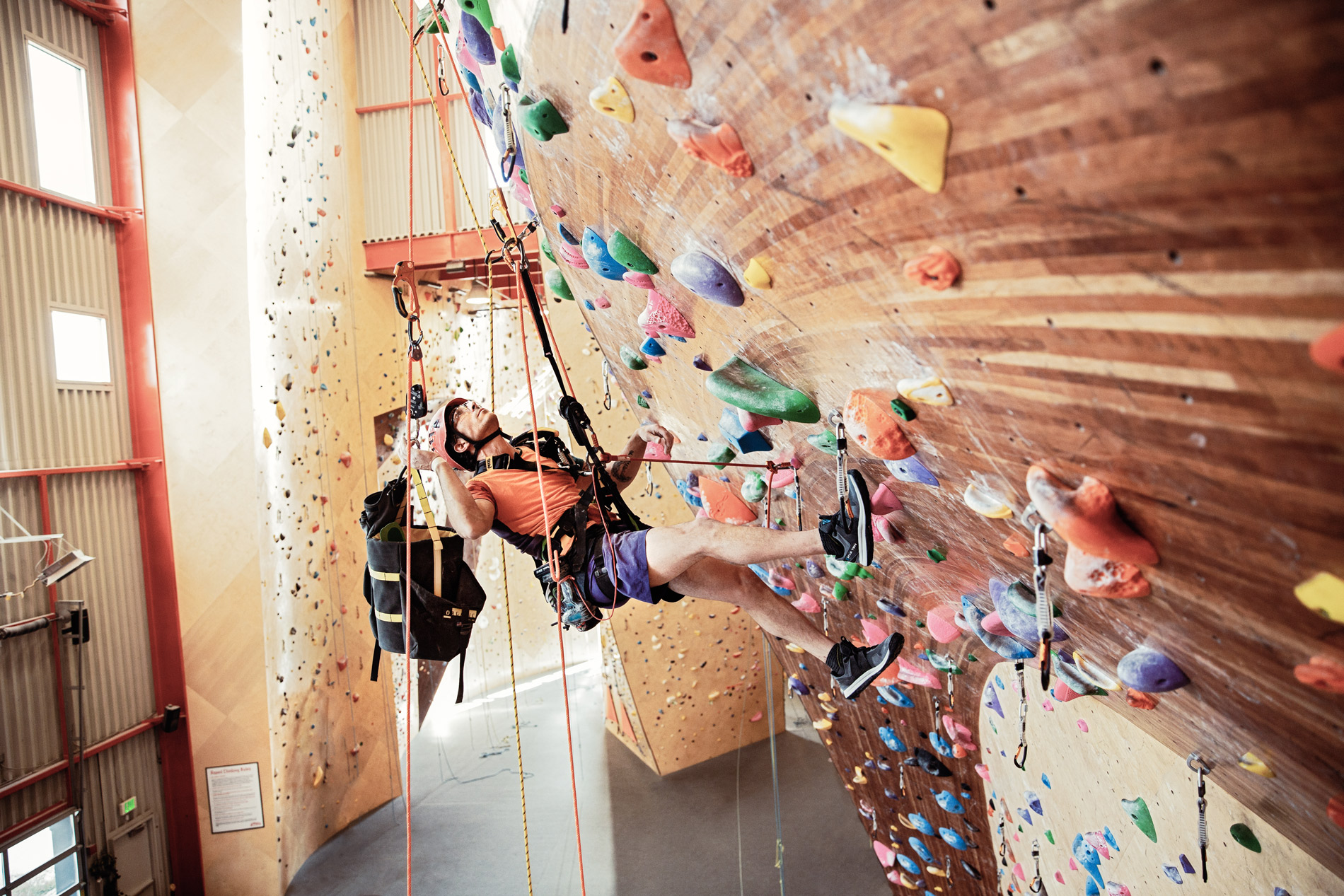
A climbing gym business can be risky in many aspects. It’s important for gym owners to start addressing those risks early on in their project, and to consider all facets of risk management. Those risks range from the subtle fallout from a simple overstocking of your retail space all the way to a customer or worker injury at your gym.
We just published a white paper comparing the performance of common bouldering floor materials, and it's available as a completely free download. Sifting through pros and cons of bouldering floor materials and choosing the right one for your climbing gym can be intimidating. Flooring systems for bouldering usage require that a very specific set of criteria be met. Until now, this research could take you weeks to accomplish and even with that, you would be missing a lot of comparison info.
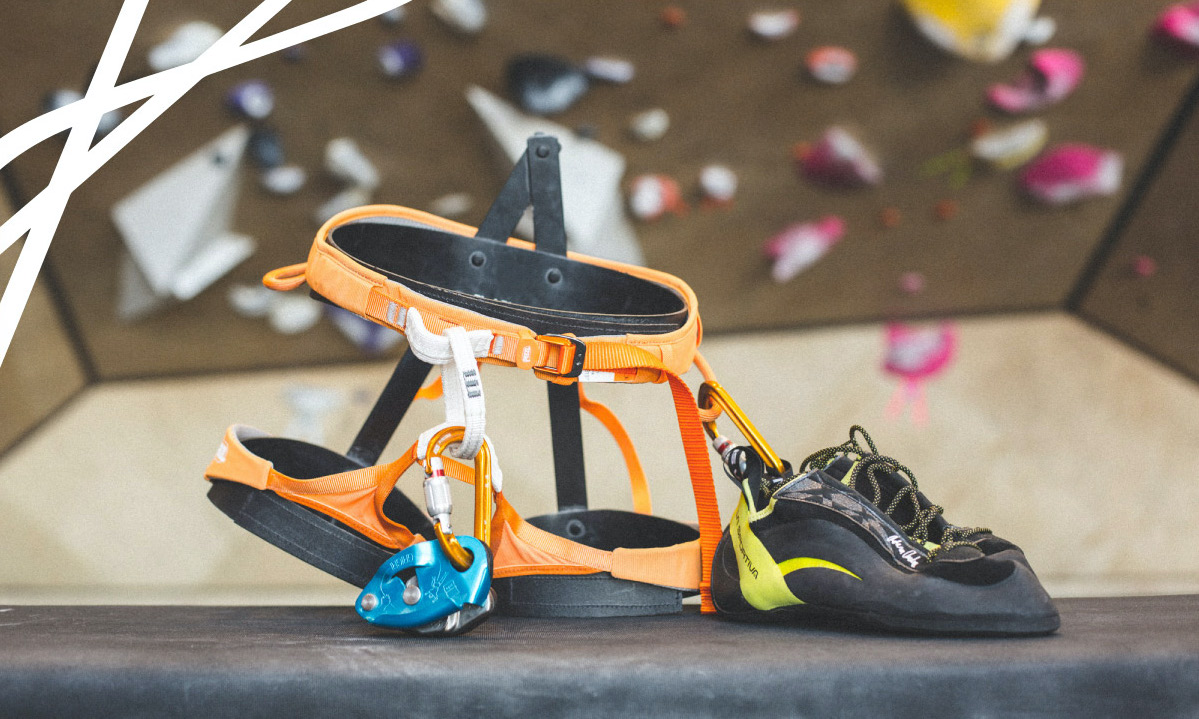
Including retail in your gym isn’t always an obvious decision. But expanding into retail means supplementing your gym’s bottom line with another revenue stream. And that’s always an option worth exploring. Read Petzl’s thoughts to help you discover the power of retail in your climbing gym.
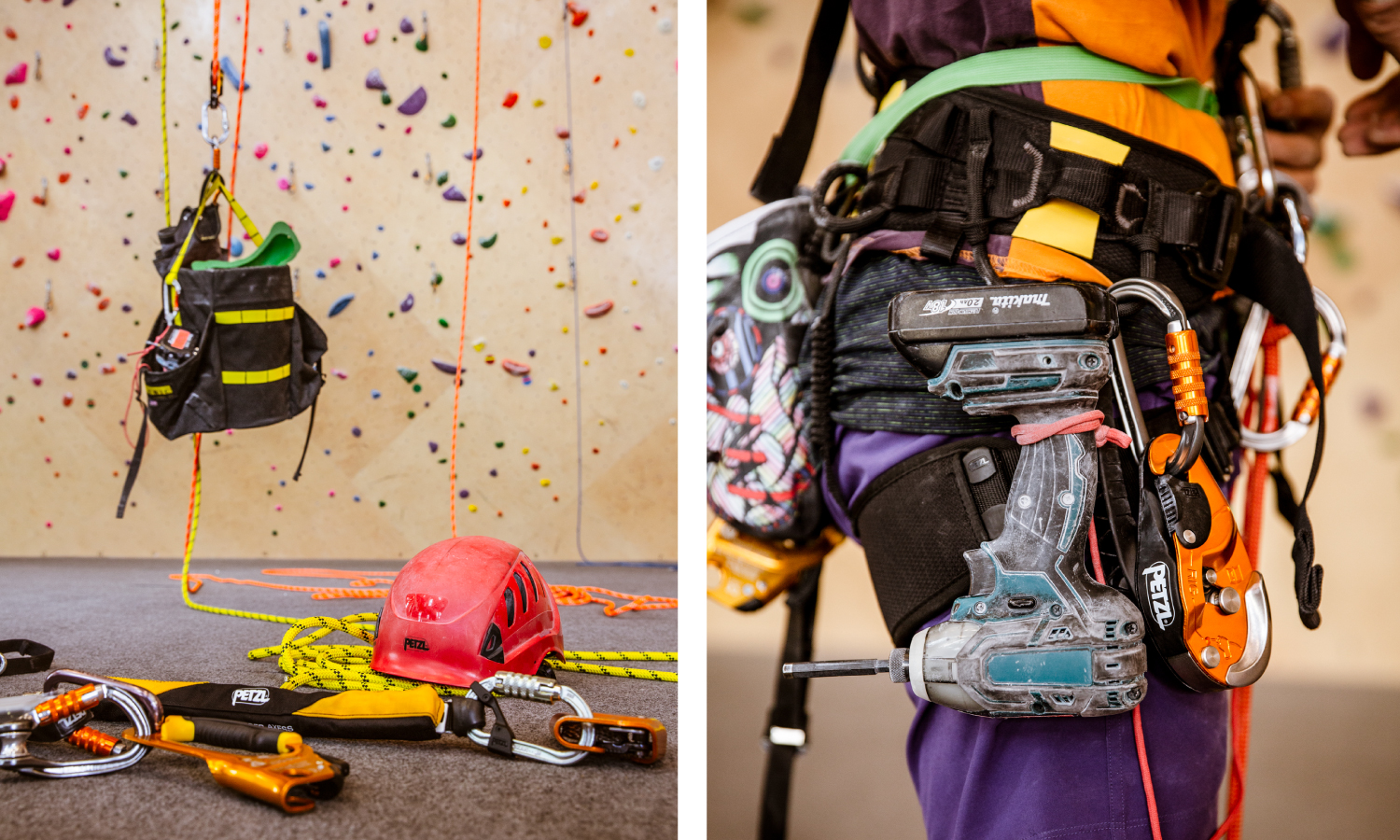
This past summer, Petzl America went on a North American routesetting tour to demonstrate our best practices and techniques with routesetters for working at height. What we encountered was surprising: A community hungry for ways to mitigate fall risk, increase comfort when suspended for long periods and build better systems for hauling and positioning wall equipment. The boom in climbing as a sport --- and the accompanying boom in the establishment of new climbing gyms --- has been met with routesetters and gym operators who are increasingly serious about the rope access work they perform. This is great news, because the truth is that routesetting is a high-consequence work-at-height activity that demands to be taken seriously.
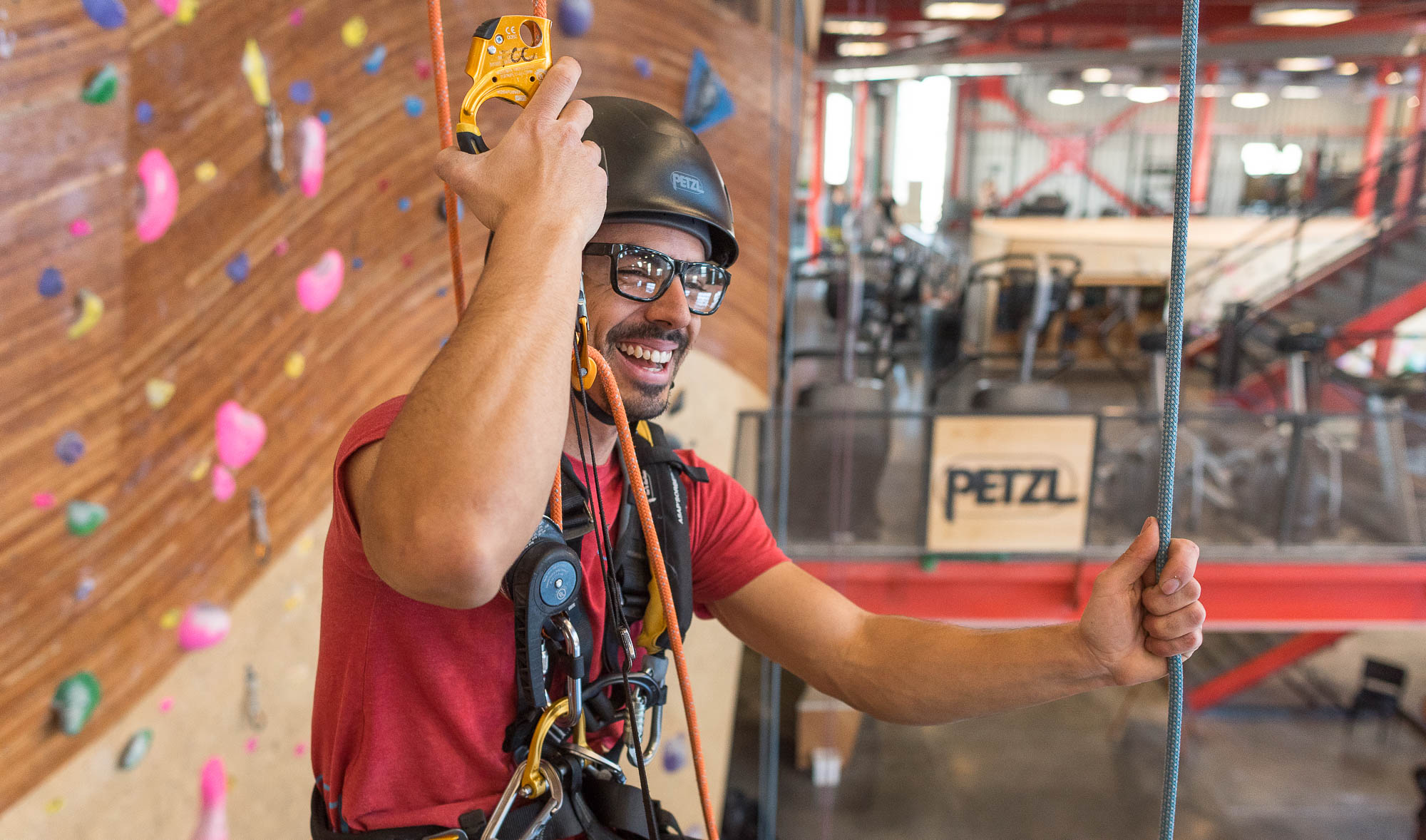
The quality of a gym’s routestting can make or break its popularity. Set too difficult and no one will be able to climb; set too easy and people will become disinterested. Additionally, safety while working at height is of utmost importance. With a plethora of rigging options and gear on the market, it’s imperative that gym owners and head routesetters choose wisely to help mitigate risk while on the job. With this in mind, we sat down with The Front Climbing Club’s Head Routesetter Eddie Morillas to talk routesetting, working at height and what it’s like to set for multiple gyms with a new location opening on the horizon.